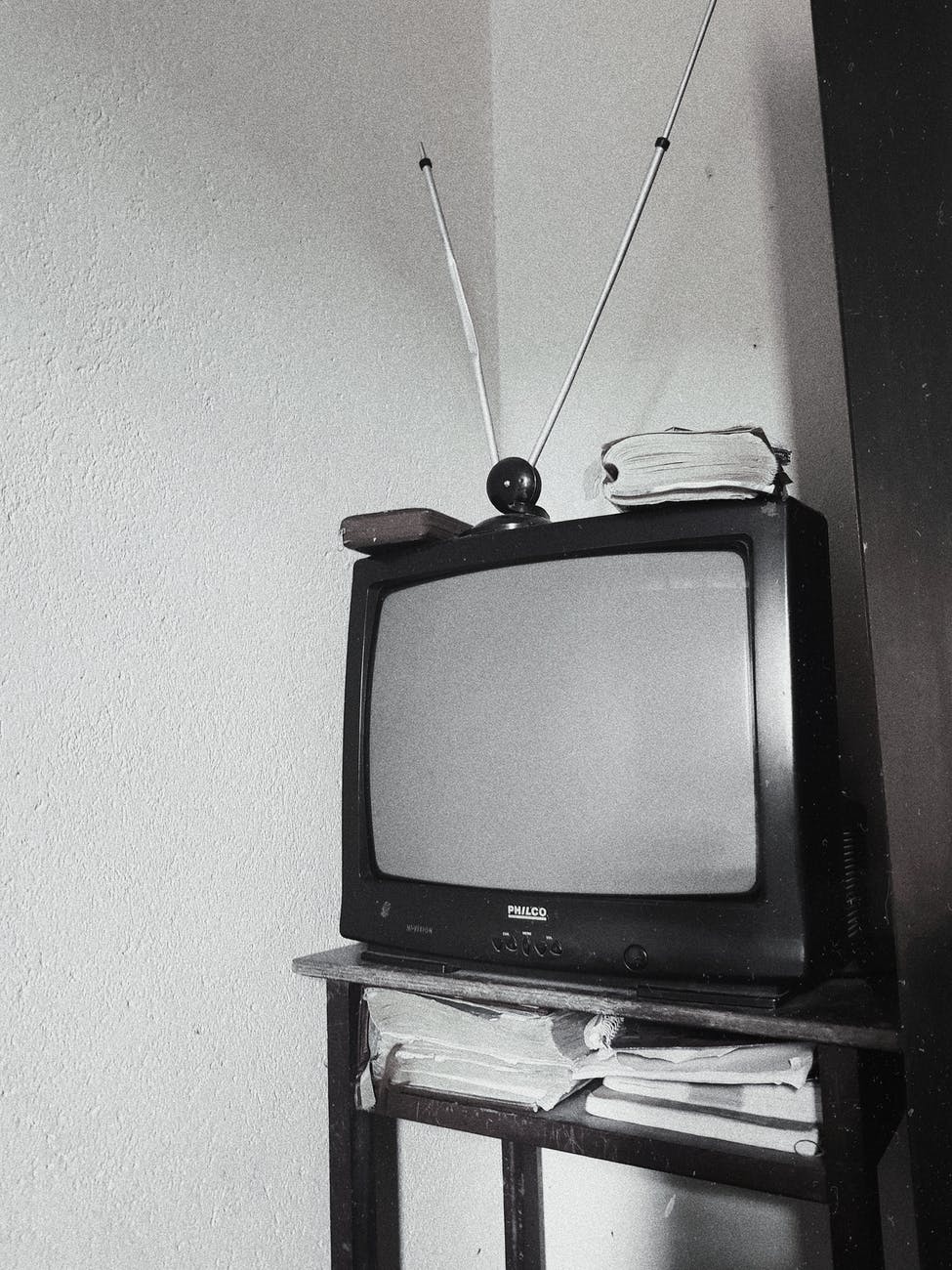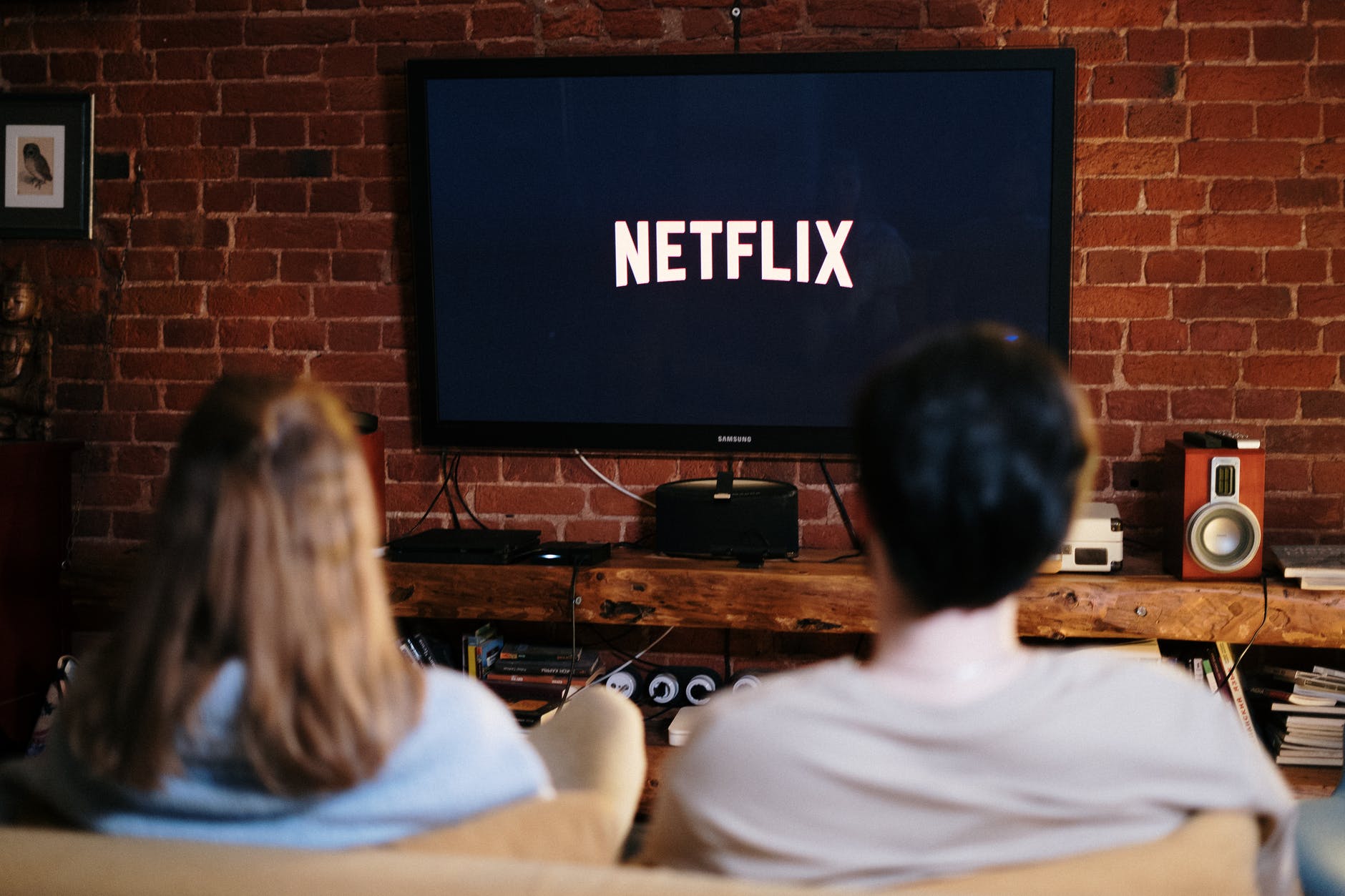We witnessed, with amazement and a little envy, how “Friends”, a sitcom that was gaining popularity quickly during the mid-1990s as writers scrambled to get on writing staffs. It was one of the top five most-watched programs for nine of its ten seasons, according to Nielsen Ratings.
The series was a rating success during its run on the network, but it has had a remarkable afterlife in streaming and syndication.
We are now Emerson College’s TV and screenwriting professors in the Comedic Arts Program. We couldn’t have predicted that the current crop of students would become just as spellbound by Ross’s romance, Monica’s lovable neuroses, and Joey’s love for sandwiches. Netflix paid a staggering US$80million to secure the rights to the show’s continuation through 2019.
Networks would love for the series to be replicated. It’s unlikely that another series will ever have the same cultural impact as Friends, given the current television landscape.
Here are four reasons.
1. Screen time is shorter in the summer.
Television was once as certain and predictable as death or taxes.
The first episodes aired in September and lasted until May. The average episode count for most shows was 22, with every episode airing once per week. Over nine months, viewers were able to make watching their favorite show part of their daily routine. NBC produced 236 episodes of “Friends” between 1994 and 2004, an average of 24 episodes each season.
Television seasons today are shorter. The 22-episode order is still available for the occasional sitcom, but others receive much less, even those with a track record.
For instance, “HTMO_ Brooklyn Nine-Nine ” won a Golden Globe award for Best Comedy. However, NBC only approved 13 episodes to air in its upcoming season.
This shift can be explained by a variety of factors, including star actors not being able to commit to as many episodes or changes to the way syndication works. Shorter seasons also mean that viewers are less likely to be invested in the characters and show.

2. Fragmented audiences
In 1994 and 1995, averaging 75 million people tuned in to NBC on Thursday evenings. To promote its blockbuster Thursday night comedy lineup, NBC used the slogan ” MUST SEE TV” to advertise it.
However, streaming and cable have changed this model over the last decade.
In the first six months of 2019, more scripted Trending TV Shows were aired on TV networks, cable, and streaming platforms.
The huge viewing options have fragmented viewers. Viewers are no longer bound to networks’ schedules. They can now watch what they want, wherever they want, and whenever they want.
This shift is illustrated in The Big Bang Theory.
The Big Bang Theory was like “Friends” and was a popular sitcom that focused on a group of close friends. From 2007 to 2019, it aired for 12 years. It aired for 12 years, from 2007 to 2019.
The “Friends” finale was a complete blow: over 52 million tuned into the show to say goodbye on May 6, 2004.
Even the most experienced producer can’t get a show to “Must See TV” status in today’s market.
Friends’ series finale was one of those rare cultural moments. Reuters/Fred Prouser
3. Single-cam snobbery
Sitcoms can be classified as either “single-camera” or “Multicam,” based on the way they are shot. Multicam shows like “Friends” or “The Big Bang Theory” are usually shot on a soundstage in front of a live studio audience. The final product is often reminiscent of a filmed play.
Single-cam shows like ” Girls”, and “Brooklyn Nine-Nine”, are more similar to films. They don’t have to be limited to a few sets or locations.
Multi-camera audiences can inject energy and immediacy into multi-cams, but single-cam shows have greater storytelling flexibility and can achieve a level of intimacy that is difficult to achieve in multi-cams.
1995 was the first Emmy nomination for Best Comedy Series. “Friends” took the award. Three of the other nominees – Seinfeld, Mad About You, and Frasier – also received the Emmy nomination.
The list of Best Comedy Series nominees for 2019 is, seven nominees. Each show is one-cam, and there are no laugh tracks or multi-cams.

4. The rise of the anti-hero and the drama.
was reborn in a unique way by “Friends” creators Marta Kauffman and David Crane, together with their original producer, Kevin Bright.
They pitched a new show, originally called “Insomnia Cafe”, which was still multi-cam but was a different type of multi-cam.
The multi-cam was designed to be denser, with more scenes and storylines to accommodate six-lead actors. An episode of a more traditional multi-cam, such as CBS’s ” All in the Family”, might have six to ten scenes, two storylines, and fewer sets. “Friends,” however, would have at least three storylines and up to twice the scenes.
Crane and Kauffman stated in their pitch document that they didn’t want the TV show to feel “like” any other. We want a quick, efficient cutting style. The entire show should feel fast and over-caffeinated.
“Friends” was a departure from the norm and subsequent multi-cams such as ” How My Mother” continues the trend.
Sitcoms had already undergone a dramatic transformation. While traditional multi-cam sitcoms were expected to bring big laughs, a new wave of single-cam shows began to incorporate comedy with darker themes.
They are known as ” Dramas” and have become more popular due to the rise of streaming services. Many viewers who embrace the harsh reality of shows such as HBO’s “Girls” and Amazon studios Transparent find traditional multi-cams boring.
There’s also been the rise in sitcom anti-heroes, a new type of lead character that can be flawed and not always likable. Think Larry David in ” Curb Your Enthusiasm” Julia Louis Dreyfus in ” veep”.
Our modern, less jaded viewers more willing to accept the glossy, romcom fluff of “Friends”?
Although the current TV ecosystem may not be able to support another “Friend”, that should not diminish its impact on the genre.



